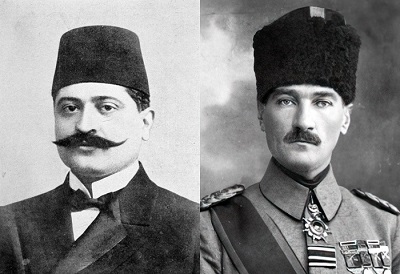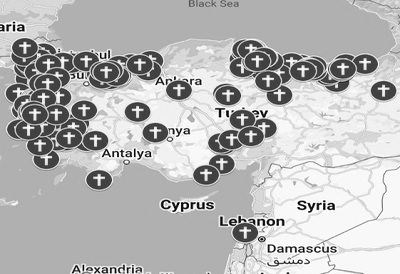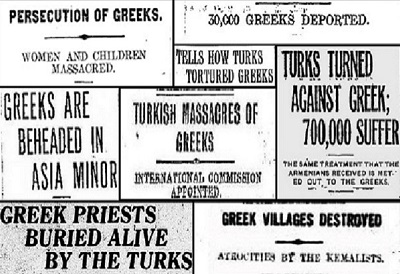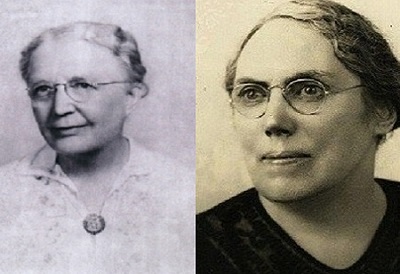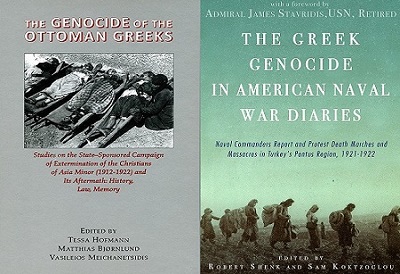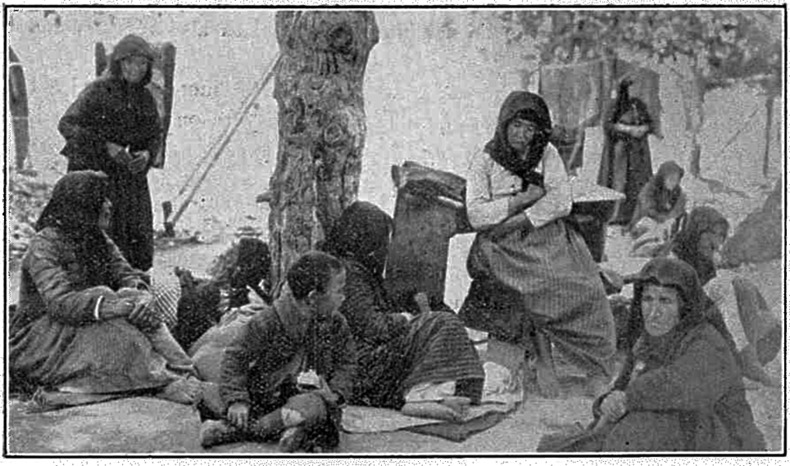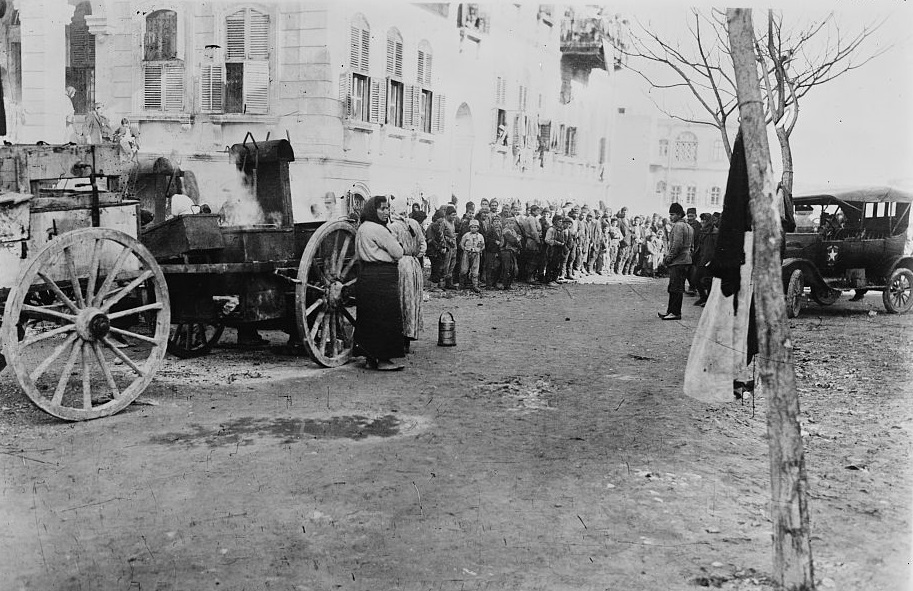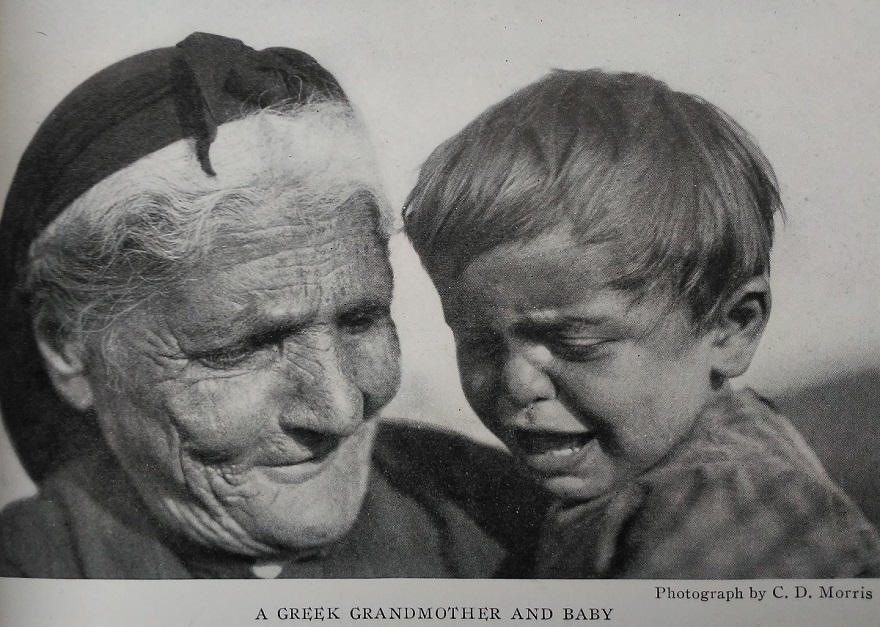GREEK GENOCIDE RESOURCE CENTER
Between 1914-1923, the Ottoman Empire (today Turkey) under two successive regimes, carried out
a systematic and violent campaign of extermination against its native Greek subjects.
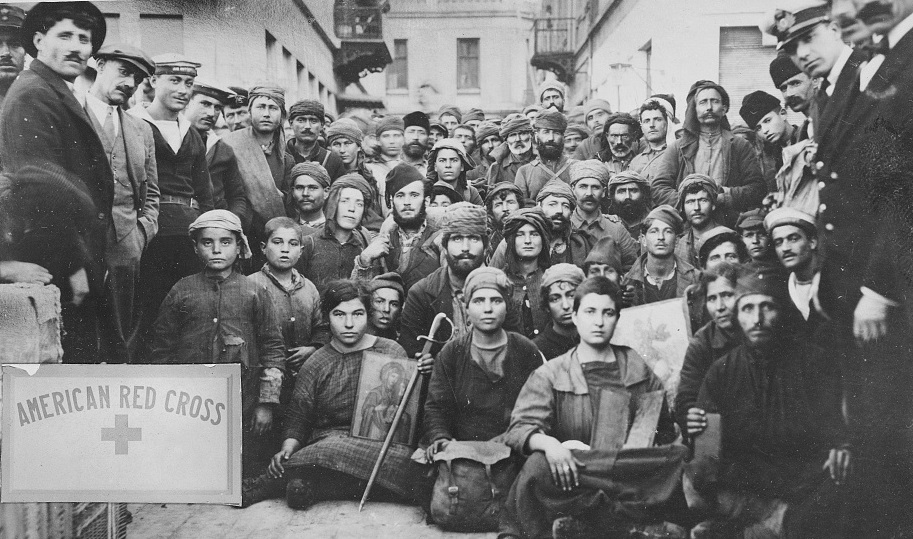
What is the Greek Genocide?
The Greek Genocide (or Ottoman Greek Genocide) refers to the systematic extermination of the native Greek (Rûm) subjects of the Ottoman Empire before, during and after World War I (1914-1923).
It was instigated by two successive governments of the Ottoman Empire; the İttihad ve Terakki Cemiyeti (Committee of Union and Progress or CUP) also known as the Young Turks and the Turkish Nationalist movement under the command of Mustafa Kemal Atatürk.
RESOURCES
View some of our resources to learn more about the Greek Genocide.

Johannes Lepsius
President and founder, Deutche Orient Mission

Frank W. Jackson
Chairman, Relief Committee for Greeks of Asia Minor
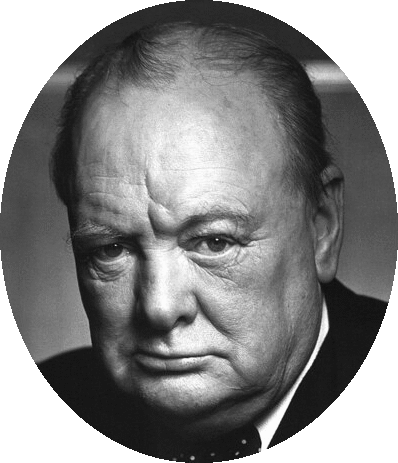
Winston Churchill
British Statesman

